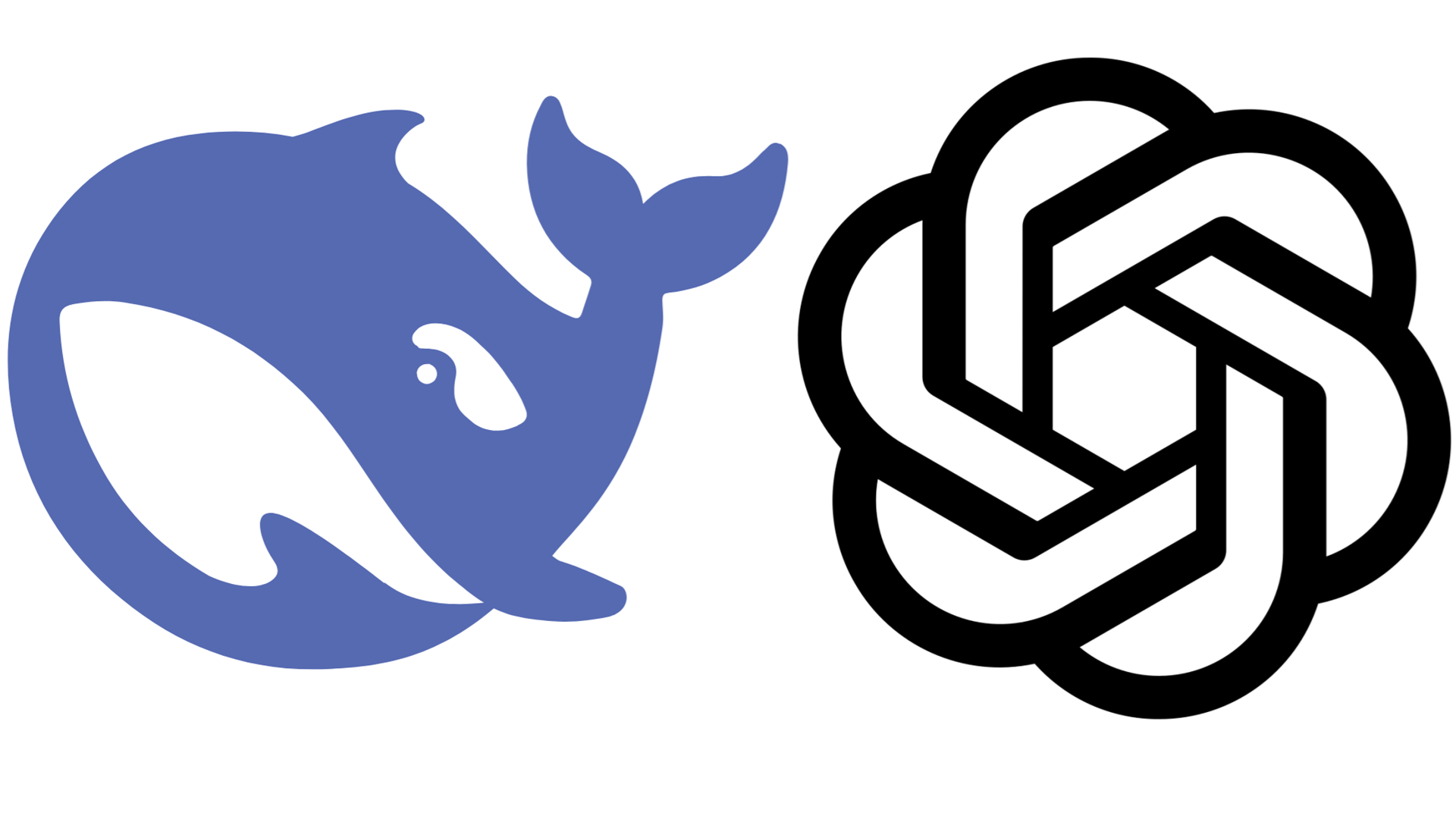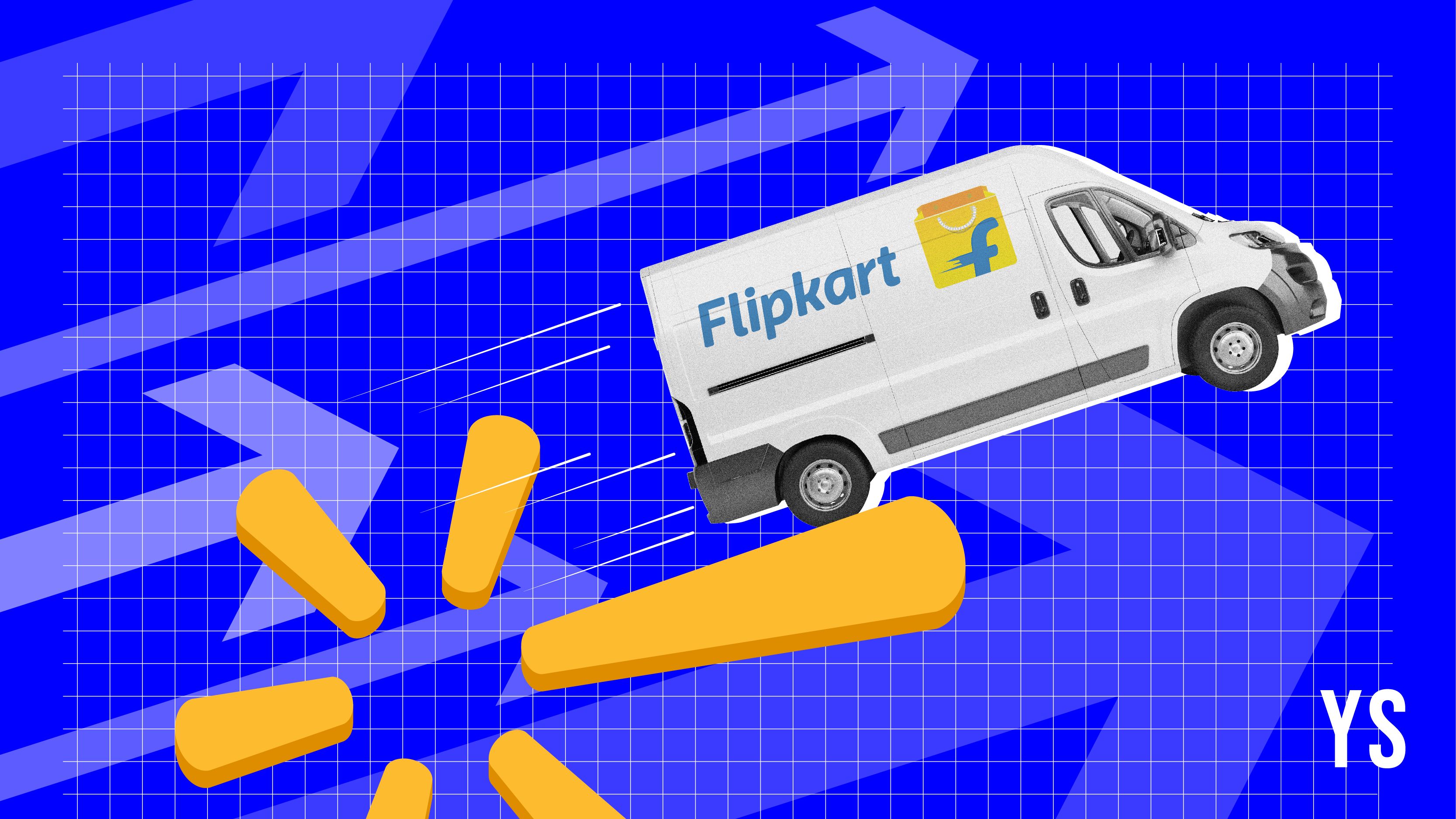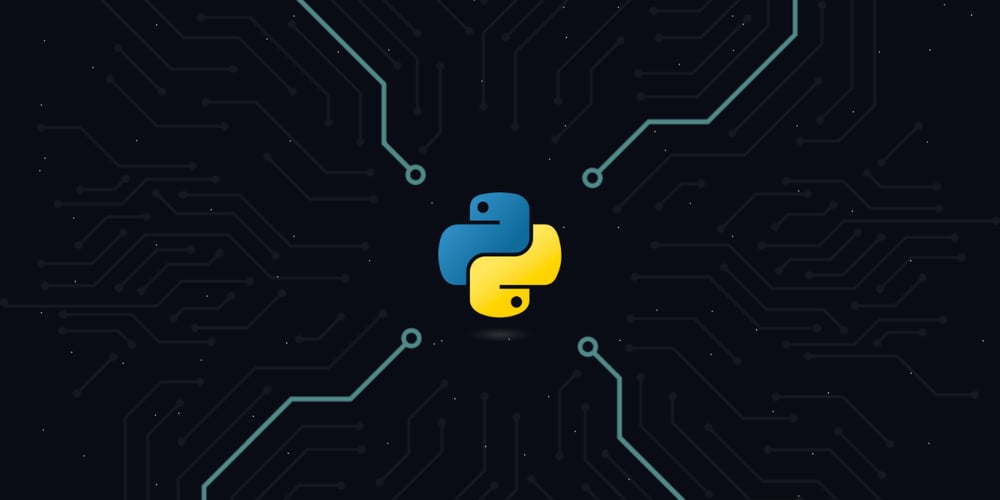Exploring a C++ Project on GitHub
Harnessing AI to Shape the Future of Formula 1: Reinforcement Learning Meets Aerodynamics Introduction In the high-octane world of Formula 1 racing, every millisecond counts. Engineers and designers relentlessly seek advancements in aerodynamics to shave off mere fractions of a second on the track. Enter the groundbreaking GitHub repository by Abhinav Kalsi, a graduate student from the Rochester Institute of Technology. His project marries reinforcement learning with surrogate aerodynamic modeling to revolutionize how we optimize Formula 1 wing designs. This fusion not only enhances the precision but also significantly cuts down the time and computational costs typical of traditional Computational Fluid Dynamics (CFD) simulations. How it Works Abhinav's approach involves two cutting-edge technologies: Reinforcement Learning (RL) and Surrogate Modeling. Here’s how these components interact within the project: Reinforcement Learning: Typically found in AI applications where decision-making in complex environments is critical, RL is used here to determine the optimal wing designs by continuously improving upon previous iterations based on performance feedback. Surrogate Modeling: This technique involves creating a simplified model that can predict aerodynamic performance metrics effectively without needing exhaustive fluid dynamics simulations. It’s trained on synthetic CFD data, making it both efficient and reliable. By integrating these technologies, the framework efficiently navigates the multidimensional design space of Formula 1 wings, optimizing design with unprecedented speed and accuracy. Code Walkthrough Here’s a glimpse at some of the critical files in the repository: main.py: This is the heartbeat of the project where the integration of RL and surrogate model occurs. The script sets up the learning environment, iterates through different design simulations, and refines the model based on aerodynamic feedback. utils.py: A collection of utility functions that support data handling, model preparation, and performance analysis. This file makes it easier to manage complex data structures and ensures smooth execution. model.py: Contains definitions of the surrogate model using PyTorch. It outlines the architecture that predicts aerodynamic properties from the wing design parameters. Each file is meticulously documented, ensuring that fellow developers can understand and contribute without a hitch. How to Use It To get started with this repository, follow these steps: Setup and Installation git clone https://github.com/your-github/f1-wing-optimization cd f1-wing-optimization pip install -r requirements.txt Running Simulations python main.py This command initiates the process where the RL agent interacts with the surrogate model to explore and optimize the wing designs. Real-World Applications The implications of this project extend far beyond academic curiosity. In the real world, this technology could: Reduce Development Cycles in Automotive Engineering: Speed up the design process and testing, allowing for more rapid iterations. Enhance Performance in Competitive Racing: Directly contribute to building faster, more efficient Formula 1 cars. Inspire Similar Applications in Other Fields: Such as aerospace, where optimization of aerodynamic components is constantly required. Conclusion Abhinav Kalsi’s project represents a significant leap toward smarter, faster, and more efficient aerodynamic design in Formula 1. It exemplifies how artificial intelligence can transcend traditional boundaries and innovate industries steeped in heritage and high stakes. Call to Action Are you a developer, a student of AI, or just an enthusiast of cutting-edge technology? Dive into this project, explore its depths, fork it, contribute, and become a part of shaping the future of automotive engineering. Every push and pull request brings us closer to the next big breakthrough in Formula 1 racing. Explore the repository here: F1 Wing Optimization GitHub Repository Your stars are appreciated, and they help others find the project. Let’s drive the future, one commit at a time!

Harnessing AI to Shape the Future of Formula 1: Reinforcement Learning Meets Aerodynamics
Introduction
In the high-octane world of Formula 1 racing, every millisecond counts. Engineers and designers relentlessly seek advancements in aerodynamics to shave off mere fractions of a second on the track. Enter the groundbreaking GitHub repository by Abhinav Kalsi, a graduate student from the Rochester Institute of Technology. His project marries reinforcement learning with surrogate aerodynamic modeling to revolutionize how we optimize Formula 1 wing designs. This fusion not only enhances the precision but also significantly cuts down the time and computational costs typical of traditional Computational Fluid Dynamics (CFD) simulations.
How it Works
Abhinav's approach involves two cutting-edge technologies: Reinforcement Learning (RL) and Surrogate Modeling. Here’s how these components interact within the project:
Reinforcement Learning: Typically found in AI applications where decision-making in complex environments is critical, RL is used here to determine the optimal wing designs by continuously improving upon previous iterations based on performance feedback.
Surrogate Modeling: This technique involves creating a simplified model that can predict aerodynamic performance metrics effectively without needing exhaustive fluid dynamics simulations. It’s trained on synthetic CFD data, making it both efficient and reliable.
By integrating these technologies, the framework efficiently navigates the multidimensional design space of Formula 1 wings, optimizing design with unprecedented speed and accuracy.
Code Walkthrough
Here’s a glimpse at some of the critical files in the repository:
main.py: This is the heartbeat of the project where the integration of RL and surrogate model occurs. The script sets up the learning environment, iterates through different design simulations, and refines the model based on aerodynamic feedback.
utils.py: A collection of utility functions that support data handling, model preparation, and performance analysis. This file makes it easier to manage complex data structures and ensures smooth execution.
model.py: Contains definitions of the surrogate model using PyTorch. It outlines the architecture that predicts aerodynamic properties from the wing design parameters.
Each file is meticulously documented, ensuring that fellow developers can understand and contribute without a hitch.
How to Use It
To get started with this repository, follow these steps:
-
Setup and Installation
git clone https://github.com/your-github/f1-wing-optimization cd f1-wing-optimization pip install -r requirements.txt -
Running Simulations
python main.py
This command initiates the process where the RL agent interacts with the surrogate model to explore and optimize the wing designs.
Real-World Applications
The implications of this project extend far beyond academic curiosity. In the real world, this technology could:
- Reduce Development Cycles in Automotive Engineering: Speed up the design process and testing, allowing for more rapid iterations.
- Enhance Performance in Competitive Racing: Directly contribute to building faster, more efficient Formula 1 cars.
- Inspire Similar Applications in Other Fields: Such as aerospace, where optimization of aerodynamic components is constantly required.
Conclusion
Abhinav Kalsi’s project represents a significant leap toward smarter, faster, and more efficient aerodynamic design in Formula 1. It exemplifies how artificial intelligence can transcend traditional boundaries and innovate industries steeped in heritage and high stakes.
Call to Action
Are you a developer, a student of AI, or just an enthusiast of cutting-edge technology? Dive into this project, explore its depths, fork it, contribute, and become a part of shaping the future of automotive engineering. Every push and pull request brings us closer to the next big breakthrough in Formula 1 racing.
Explore the repository here: F1 Wing Optimization GitHub Repository
Your stars are appreciated, and they help others find the project. Let’s drive the future, one commit at a time!









































































































































































![[The AI Show Episode 144]: ChatGPT’s New Memory, Shopify CEO’s Leaked “AI First” Memo, Google Cloud Next Releases, o3 and o4-mini Coming Soon & Llama 4’s Rocky Launch](https://www.marketingaiinstitute.com/hubfs/ep%20144%20cover.png)



































































































































![From fast food worker to cybersecurity engineer with Tae'lur Alexis [Podcast #169]](https://cdn.hashnode.com/res/hashnode/image/upload/v1745242807605/8a6cf71c-144f-4c91-9532-62d7c92c0f65.png?#)























![BPMN-procesmodellering [closed]](https://i.sstatic.net/l7l8q49F.png)




















































































.jpg?#)
.jpg?#)
































































































































![CarPlay app with web browser for streaming video hits App Store [U]](https://i0.wp.com/9to5mac.com/wp-content/uploads/sites/6/2024/11/carplay-apple.jpeg?resize=1200%2C628&quality=82&strip=all&ssl=1)

![What’s new in Android’s April 2025 Google System Updates [U: 4/21]](https://i0.wp.com/9to5google.com/wp-content/uploads/sites/4/2025/01/google-play-services-3.jpg?resize=1200%2C628&quality=82&strip=all&ssl=1)












![Apple Releases iOS 18.5 Beta 3 and iPadOS 18.5 Beta 3 [Download]](https://www.iclarified.com/images/news/97076/97076/97076-640.jpg)
![Apple Seeds visionOS 2.5 Beta 3 to Developers [Download]](https://www.iclarified.com/images/news/97077/97077/97077-640.jpg)
![Apple Seeds tvOS 18.5 Beta 3 to Developers [Download]](https://www.iclarified.com/images/news/97078/97078/97078-640.jpg)
![Apple Seeds watchOS 11.5 Beta 3 to Developers [Download]](https://www.iclarified.com/images/news/97079/97079/97079-640.jpg)
































































































































